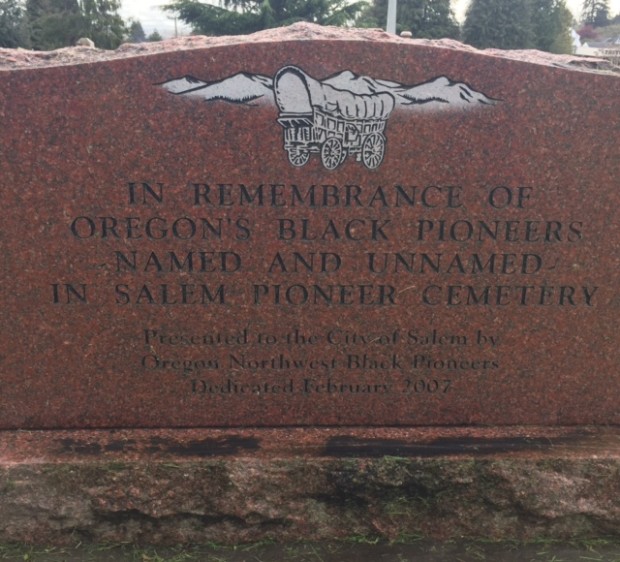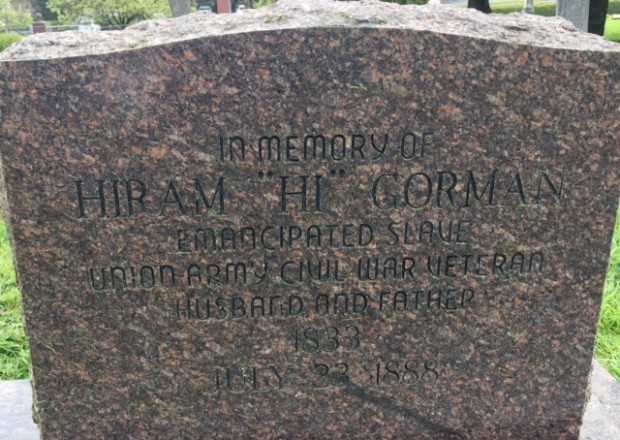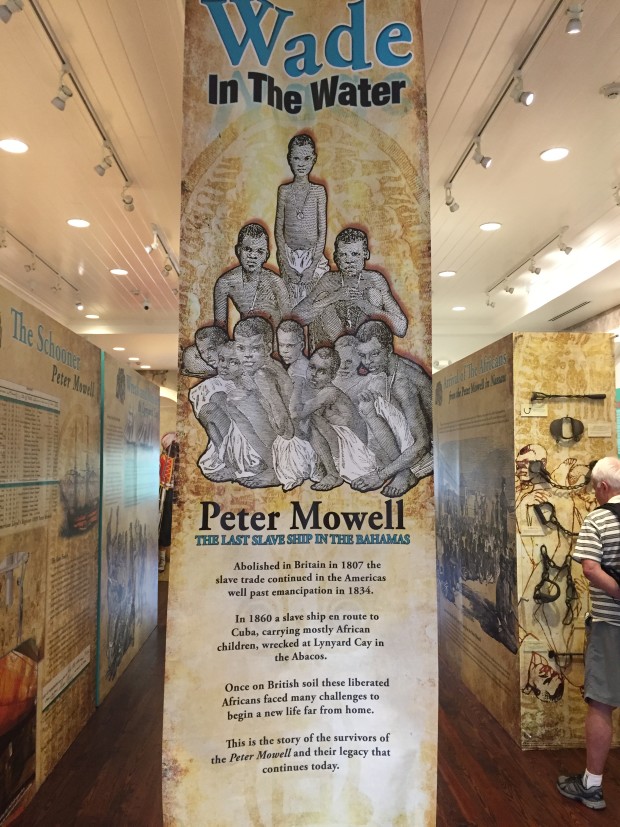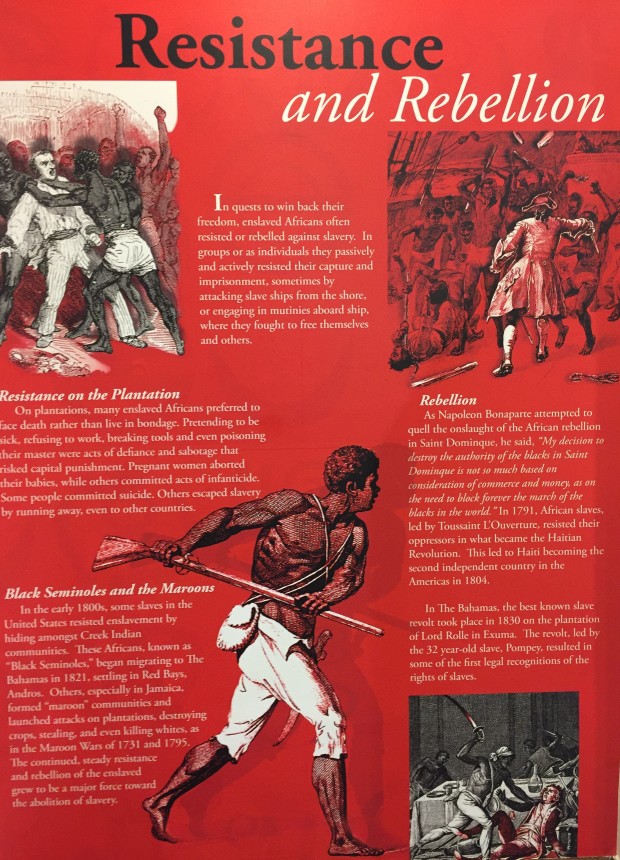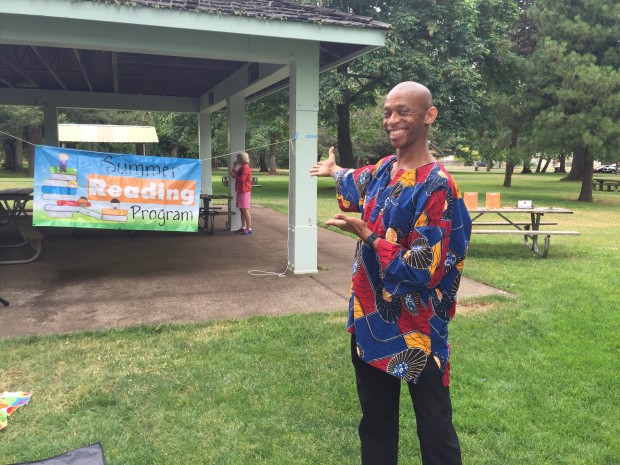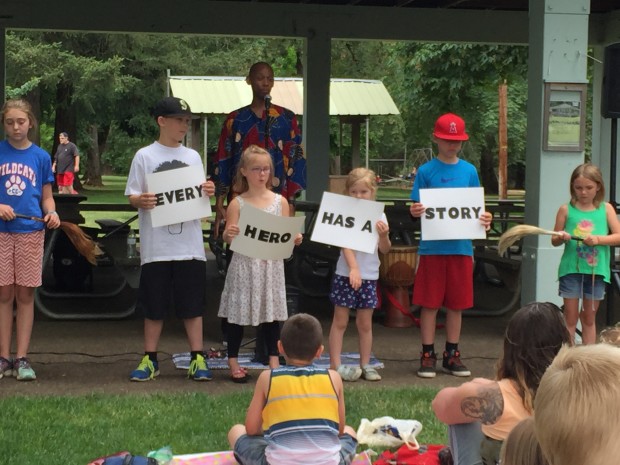It has been said by many, that in order to be a good storyteller, one must also be a good listener. Or as a colleague of mine put it, “storytelling is the art of listening”. Every year the day after Thanksgiving is known as Black Friday where retailers give huge discounts on merchandise for the largest shopping day of the holiday season. Many shoppers camp out 2 – 3 days in advance in hopes of getting the best bargains first thing that morning. We have all heard the horror stories of retailers running out of merchandise, people getting trampled and fights breaking out among customers. And even worse, many employees have lost their lives as a result of being crushed by a mad rush of shoppers.
However, if this tale of terror is not appealing to you, then perhaps participating in the StoryCorps National Day of Listening is a better alternative. It also takes place the day after thanksgiving and is an opportunity to get a “real bargain” by recording a loved one and their story. There is an African proverb which says, “A person is only dead if they are forgotten”. By recording a family member, we make sure that their voices are always heard and they are never forgotten as we engage in the art of listening.
Last year, at the urging of a colleague who had recently lost her father, I was encouraged to participate in the National Day of Listening. This could not have been at a better time because my family always gathers the day after Thanksgiving to celebrate the holiday. So, at the gathering I took the opportunity to record several family members and their stories. What I came away with, was a better appreciation of my siblings, my parents, and being in a large family with so many rich stories. I was simply overwhelmed with the stories that poured out. For example, some of us grew up in North Carolina whereas the majority was raised in Virginia. We all shared a strong sense of family values instilled in us by our parents. And we all realized the importance of gathering annually at the Galloway Family Reunion. Additionally, there were the childhood tales of mischief and misadventure that brought on laughter and even more heartfelt memories.
Looking back a year later, I am so fortunate to have taken the opportunity to record my family because one of my relatives I interviewed is no longer with us. As a matter of fact, that was the last time I heard their voice. You see they became an ancestor just a few months later. Talk about timing! Whether you record your relative for five minutes, fifteen, or fifty it is definitely worth it.
And given the technology we have today, participating in the National Day of Listening is very practical. Whether one uses a smart phone, digital recorder, or other device, it is easy to simply sit, talk, and just listen.
For more information go to: http://diy.storycorps.org/about/

